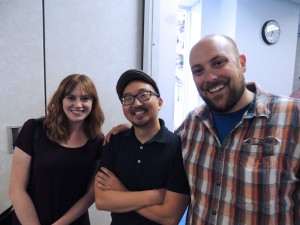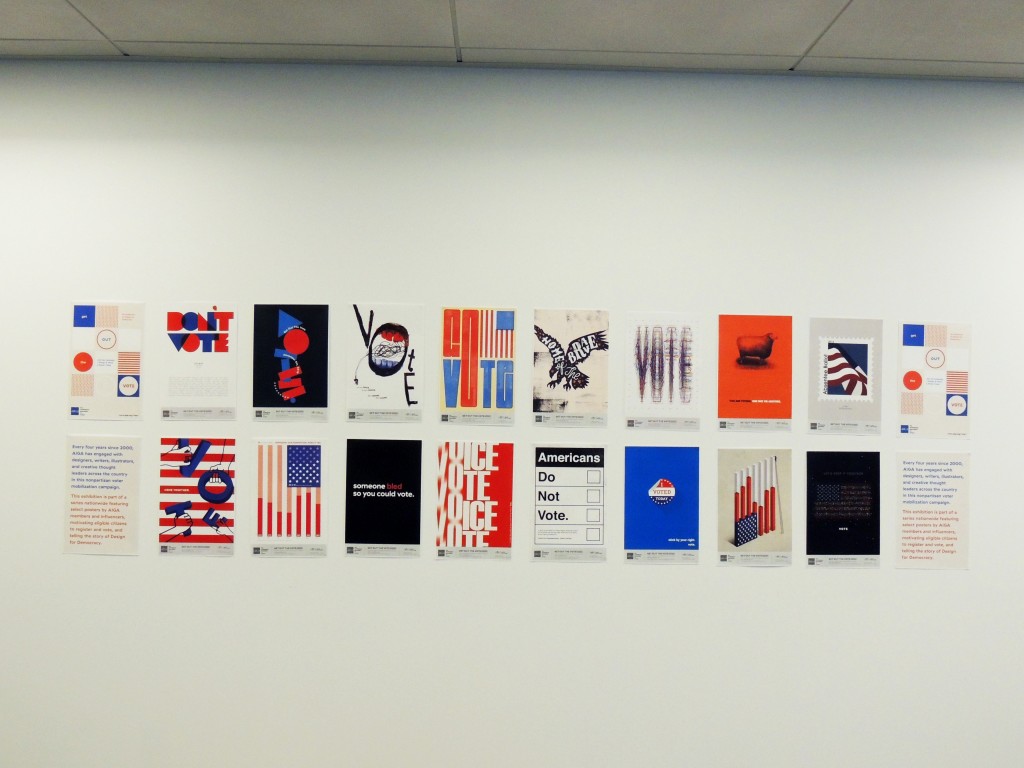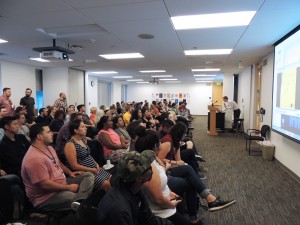On August 11th, the AIGA Orange County hosted a screening of InVision’s new design documentary, Design Disruptors. This event was free for the public thanks to Kneadle, California State University Fullerton, and CFO Andrew. Design Disruptors is a full-length documentary that features design leaders and product designers from industry-toppling companies and explores the question: what does it mean to disrupt?
 One of the biggest disruptions in human history was the industrial revolution. Processes that were once performed by hand were replaced with machine-driven production, and this change influenced almost every aspect of daily life. Population boomed. Median income increased. This growth and disruption happened because someone stood up and said that the status quo isn’t good enough anymore. Someone asked, “what if?” and zigged when others zagged.
One of the biggest disruptions in human history was the industrial revolution. Processes that were once performed by hand were replaced with machine-driven production, and this change influenced almost every aspect of daily life. Population boomed. Median income increased. This growth and disruption happened because someone stood up and said that the status quo isn’t good enough anymore. Someone asked, “what if?” and zigged when others zagged.
In today’s world there has been incredible success with companies like Lyft, Airbnb, and Google. These companies have disrupted the way that things have been done over the last century by taking established practices and improving upon them. By focusing on users’ needs, they are able to create experiences that enhance and improve people’s everyday lives. Twenty years ago we were all walking around with pagers. Today we have smart phones in our pockets. Imagine what we’ll be sporting twenty years from now! How will we design for it? In the documentary John Maeda states, “the role of the designer is constantly changing”. Change is always occurring, and those who succeed are the ones who can embrace and take advantage of these changes. With this in mind, designers should be constantly evolving.

“The biggest challenge designers are facing right now is the fact that they’re designing a lot of things that are new, that have not been done before; in organizations that are evolving and changing, and for audiences that are evolving and changing.” —Ben Blumenfeld
 Successful designers are problem solvers. They explore users’ needs and figure out how to create experiences that eliminate frustration and build trust with their customers. They understand business and technology and how to play a supporting role in both. They do not assume that how things are done today are necessarily how they’ll be done in the future. They realize that if you want to stay at the top of your game and continue to be innovative, you have to be open to change.
Successful designers are problem solvers. They explore users’ needs and figure out how to create experiences that eliminate frustration and build trust with their customers. They understand business and technology and how to play a supporting role in both. They do not assume that how things are done today are necessarily how they’ll be done in the future. They realize that if you want to stay at the top of your game and continue to be innovative, you have to be open to change.
One of my favorite parts of the documentary is when Braden Kowitz of Google Ventures says:
The questions now aren’t, “can we build it?” because more and more the answer is “yes, we can build anything.” The question is, “what is the future we want to build together?” For me, that’s the power of design.
I couldn’t agree more.